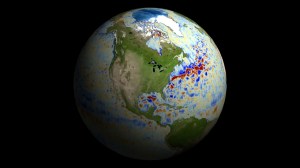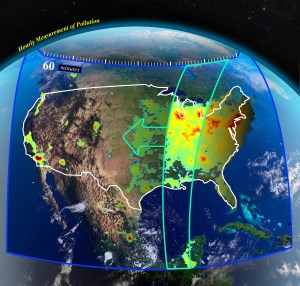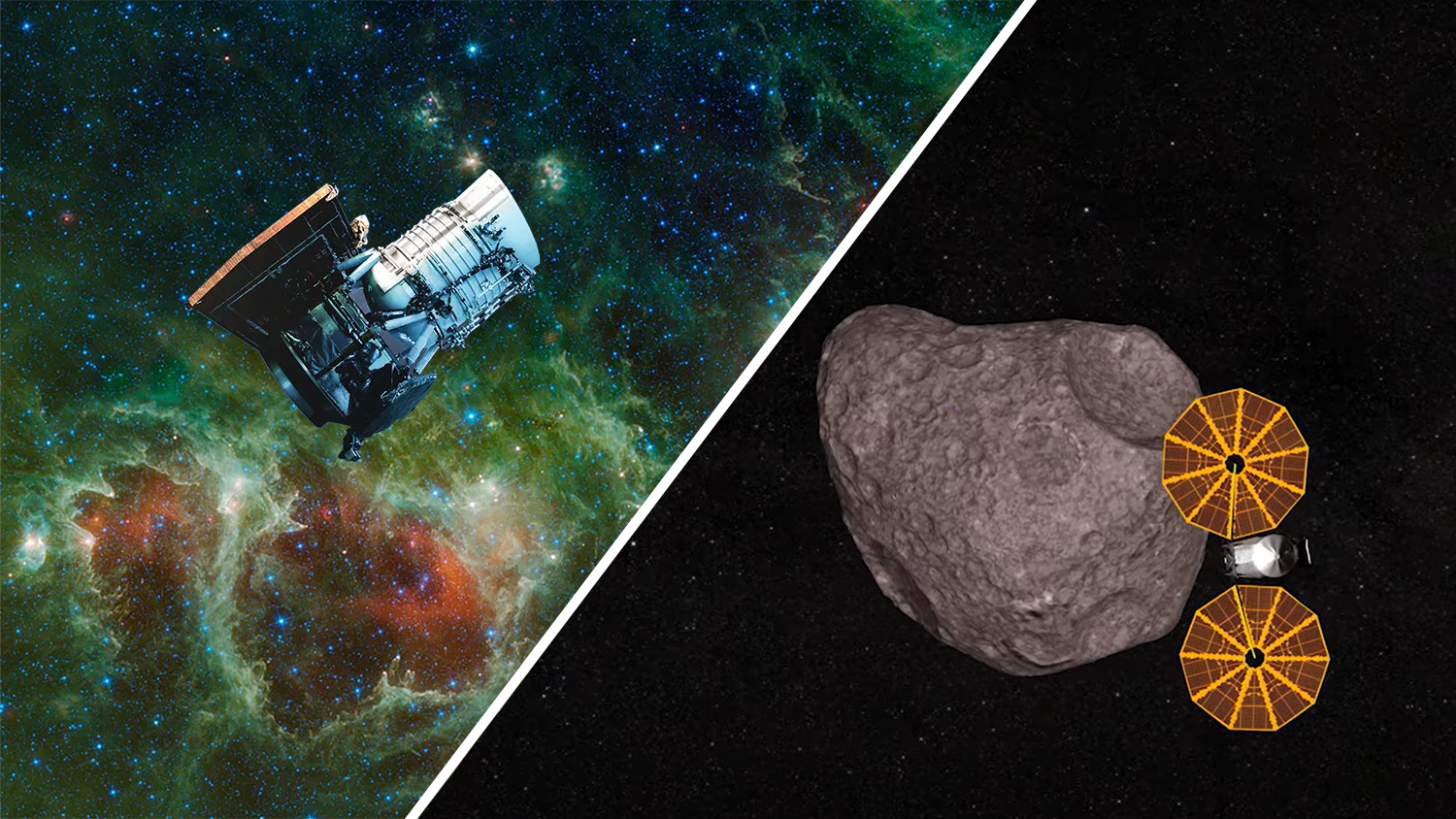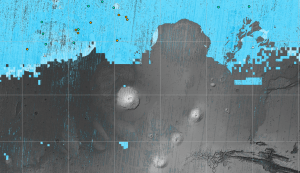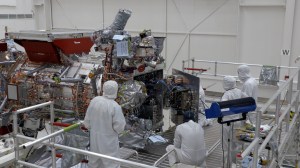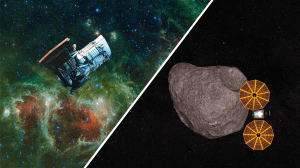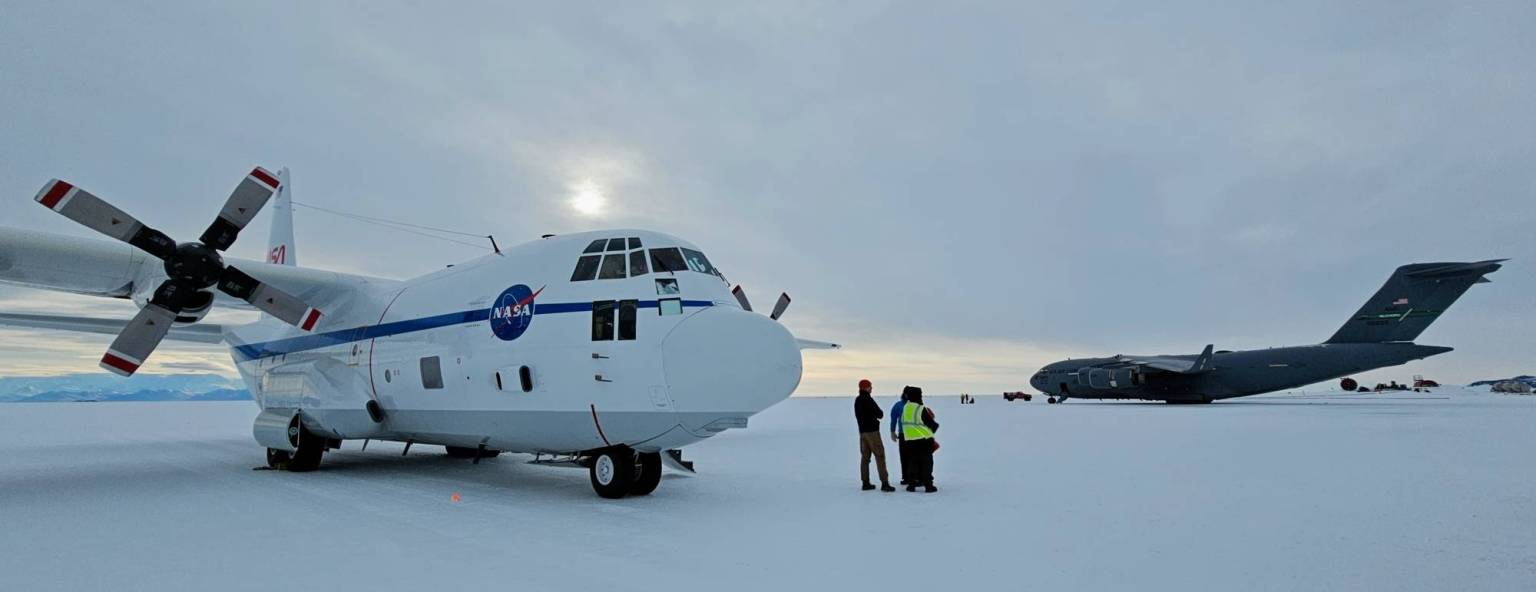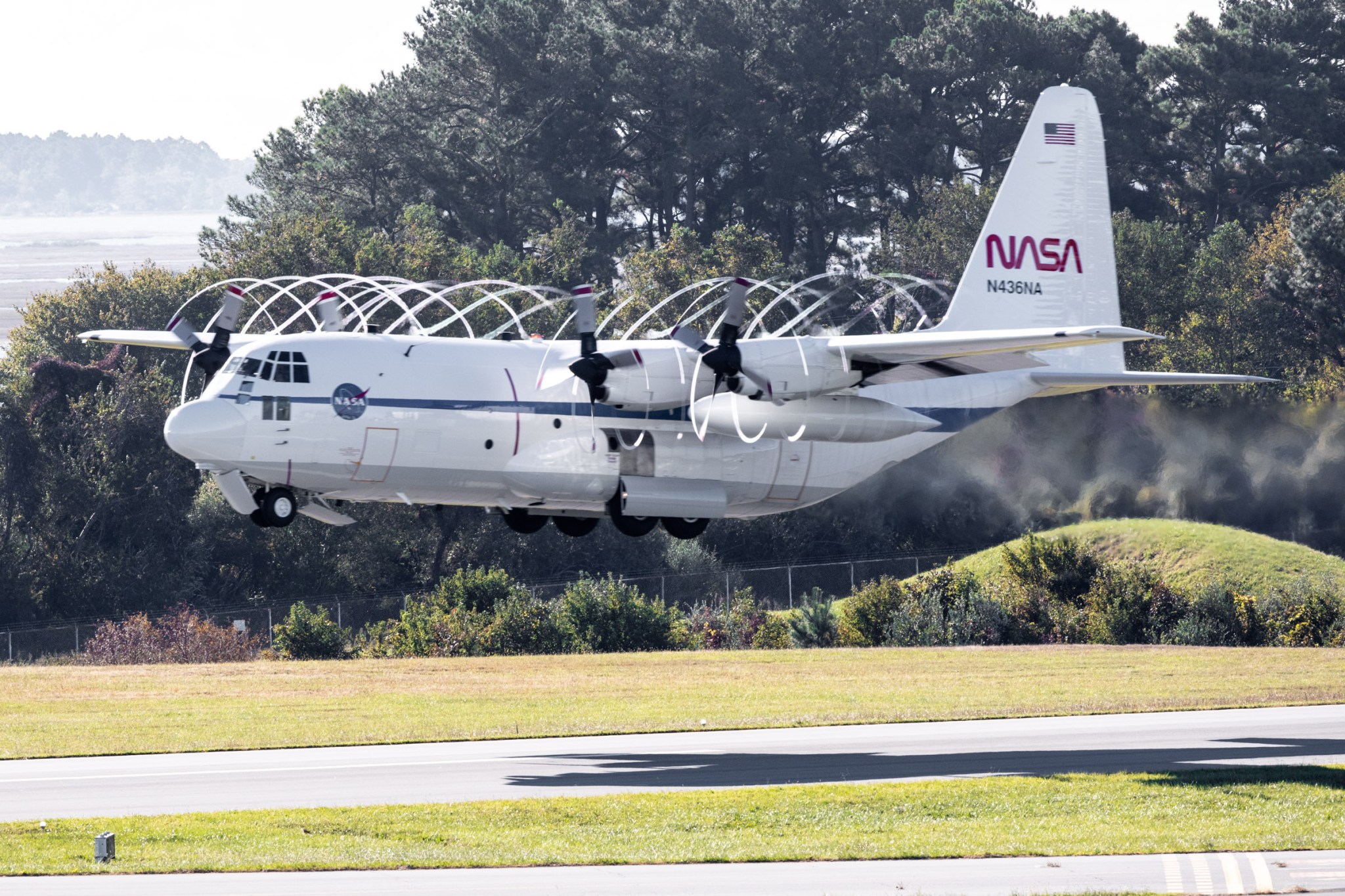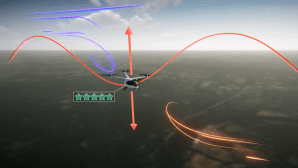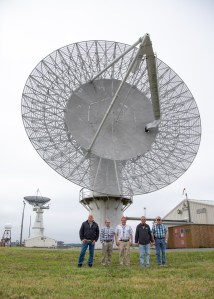NASA, Partners Explore Sustainable Fuel’s Effects on Aircraft Contrails
3 min read
NASA, Partners Explore Sustainable Fuel’s Effects on Aircraft Contrails
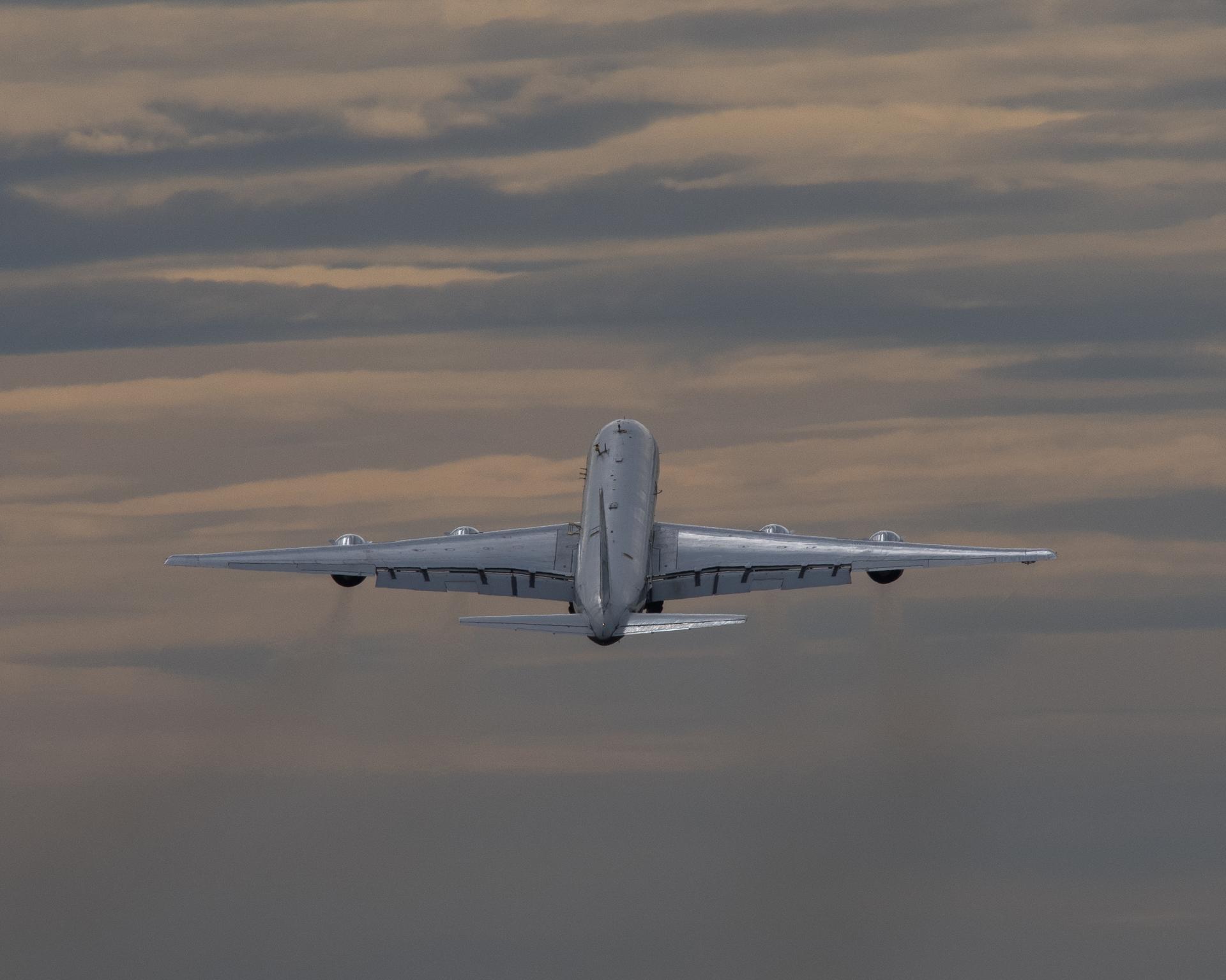
Contrails, the lines of clouds left by high-flying aircraft that crisscross the skies, are familiar sights, but they may have an unseen effect on the planet – trapping heat in the atmosphere. Working with Boeing, United Airlines, and other industry, government, and international partners, NASA researchers are collecting data to see how new, greener aviation fuels can help reduce the problem.
Throughout October, NASA has supported contrail research through Boeing’s ecoDemonstrator program, a multi-year effort to analyze sustainable aviation fuel its capacity to benefit the environment.
Boeing’s current ecoDemonstrator Explorer aircraft, a 737-10, has conducted test flights switching between tanks filled either with 100% sustainable aviation fuel or conventional fuel. NASA’s DC-8 aircraft, the world’s largest flying science laboratory, has followed, measuring emissions and contrail ice formation from each type of fuel. This data will help determine whether sustainable aviation fuels help reduce the formation of contrails.
“Contrails are believed to be a major source of pollution,” said Rich Moore, a research physical scientist in NASA’s Langley Aerosol Research Group Experiment. Moore was among the researchers who flew aboard the DC-8. “With this mission, we’re looking not so much at correcting contrails, but at preventing them.”
In addition to the DC-8, which is based at NASA’s Armstrong Flight Research Center in Edwards,
California, the agency contributed other critical capabilities, including a mobile laboratory for ground testing. Other collaborators for the ecoDemonstrator flights include General Electric Aerospace, the German Aerospace Center, National Research Council Canada, and the Federal Aviation Administration.
Within a year, the researchers will publish their results.
“One of the most amazing things about this collaboration is that this data will be released publicly with the world,” Moore said.
Contrail clouds form when aircraft operate in the cold temperatures at high altitudes and water vapor in engine exhaust condenses and freezes. Made up of ice particles, contrail clouds can have both a cooling and warming effect based on ambient conditions, timing, and persistence – but scientists estimate that their warming effect is greater on a global scale.
Over the past decade, NASA-funded research has shown that sustainable aviation fuels have significant benefits for reducing engine particle emissions that can influence local air quality near airports and contribute to the formation of contrails.
Efforts to develop and evaluate sustainable aviation fuels focus on delivering the performance of conventional jet fuel without releasing new carbon dioxide into the environment. These fuels can be derived from sustainable sources such as feedstocks and waste resources.
Flight testing remains the gold standard for understanding aerospace innovations and their environmental impacts, making partnerships like ecoDemonstrator and research aircrafts like NASA’s DC-8 important sources for data that can help make aviation more sustainable, protecting the environment and improving life on Earth.
Powered by WPeMatico
Get The Details…
Ryan M. Henderson



